

The CLIL Lab
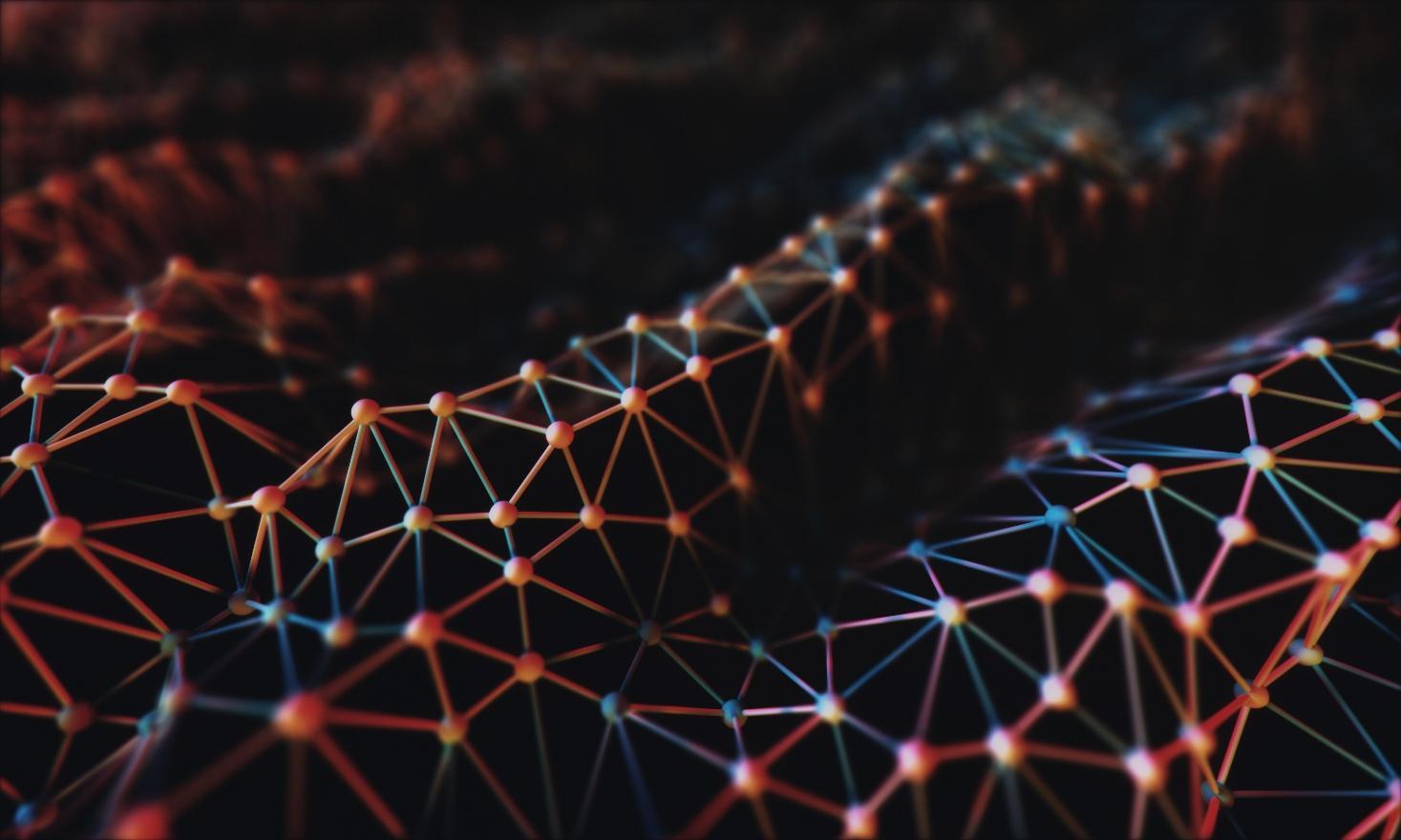
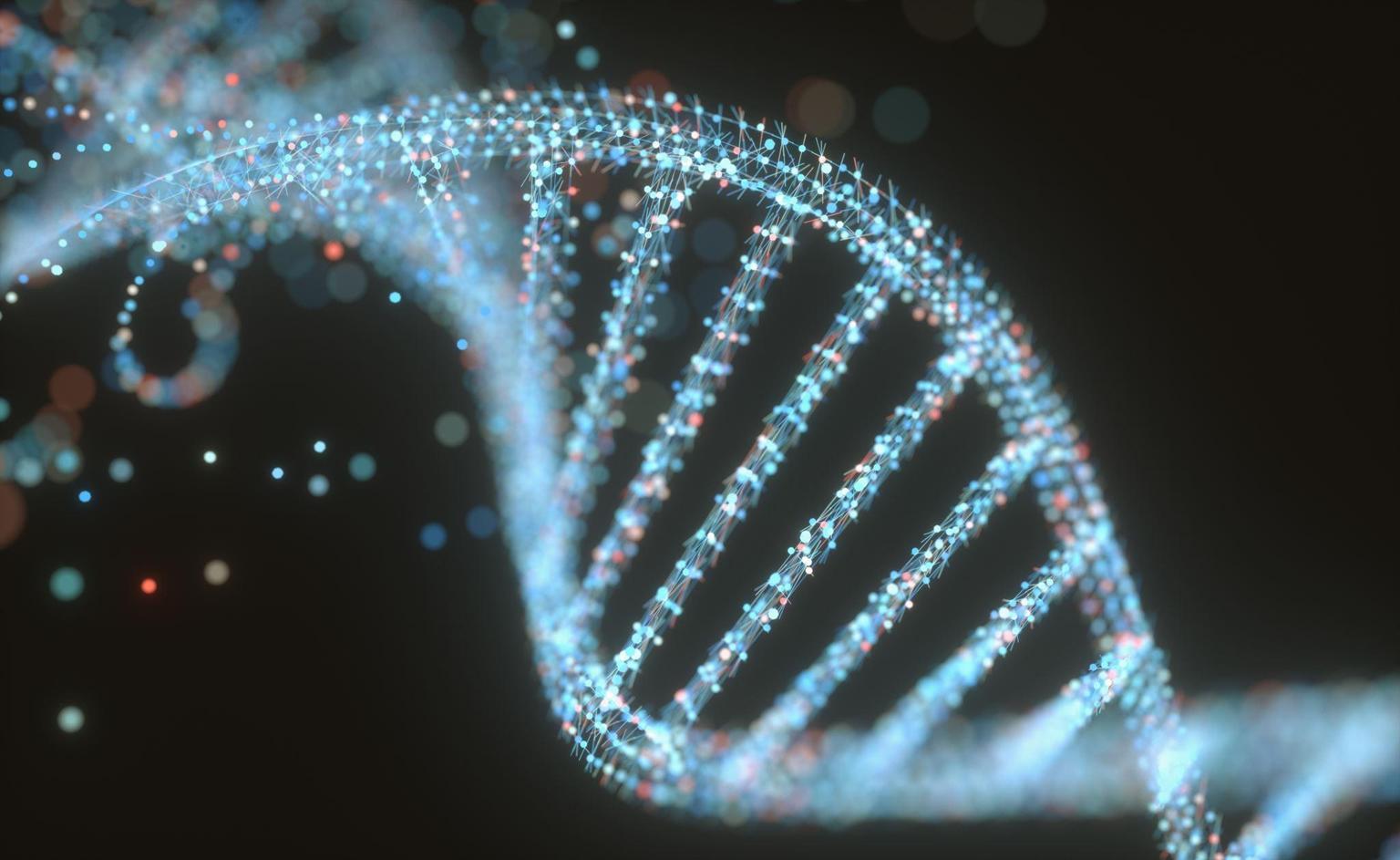
Inside






Section A
Theimportanceof scienceineducation
Section B
ExploringtheCLIL approach
Section C
Designingdidactic scienceactivities
Section D Sciencelearningguide
Section E
TheCLILlab(Content languageintegrated learning)
Section F References
The importance of science in education
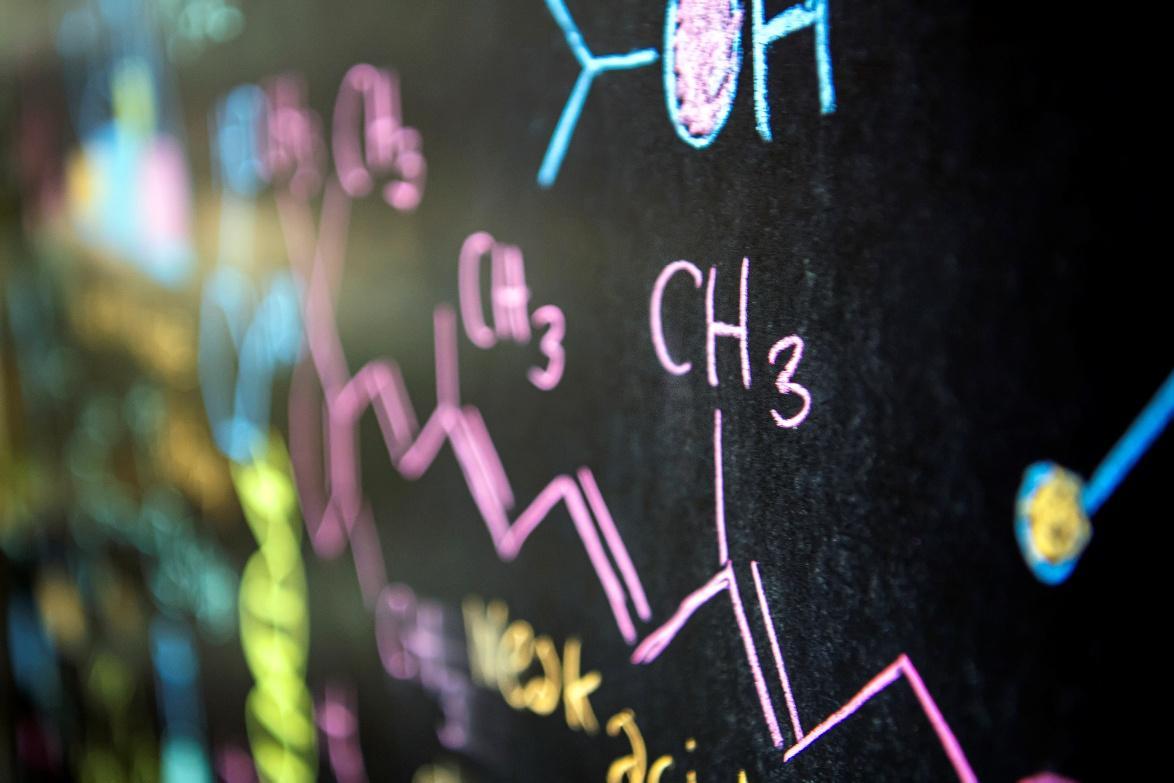
The importance of science in education

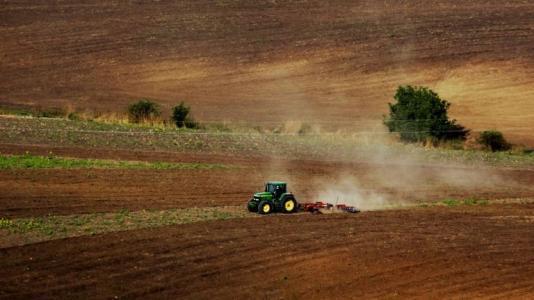
How to promote understanding of science?
According to Timoten (2020) it can be done trough formal education and engaging learning spaces
Why to teach science?
Timonen (2020) suggests that science is present in many aspects of our daily lives; therefore, it is crucial to promote an understanding of science.
Science is involved in many aspects of our videos including transportation, agriculture and health.
That is when CLIL comes in handy! Wait a minute... What is CLIL?
According to the University of Cambridge (n.d) to teaching other relevant educational content through a non – native language.
Learners simoultanesly enhance their understanding of basic subjects while improving their language skills
Science classes at schools –Science major in colleges.
Science presented in unconventional and attractive ways for everybody. Ex: science camps, blogs or video channels.
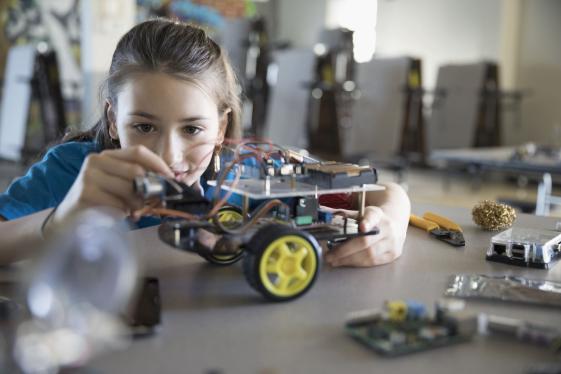
Video Channel
Science Camp
The importance of science in education
Challenges for teaching when implementing CLIL
The following chart summarizes some of the most common challenges when implementing this methodology inside the science classroom.
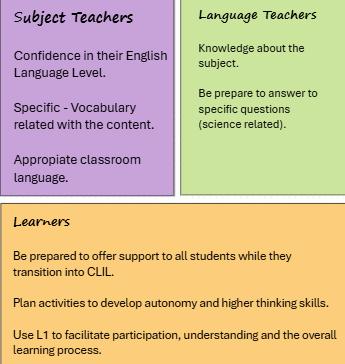
From your personal experience, why do you believe it is important to teach science?
I believe teaching science is relevant because it enhances our understanding of the world. Knowing what happens around us and how things work can help us make inform decisions on many aspects of our lives. For instance, if someone is interested in consuming organic food, understanding how the food is produced can help them in choosing products that align with their values Making inform decisions implies taking a critical perspective on various topics I also believe teaching science helps develop critical thinking and problemsolving skills essential to address issues we encounter in our daily lives.
In your personal experience as a language teaching student and future language teacher. Which are the challenges you consider you could face when using CLIL?
According to Cambridge University (n.d), language teachers may face several challenges when implementing the CLIL methodology. One of these challenges is the lack of specific knowledge related to the subject content. I strongly agree with this analysis, as science is not my strong suit, and I have struggled with subjects like physics and chemistry in the past. I believe I will need to review each topic and likely seek support from colleagues and experts. Additionally, I anticipate that planning lessons focused on science rather than language learning will be complicated.
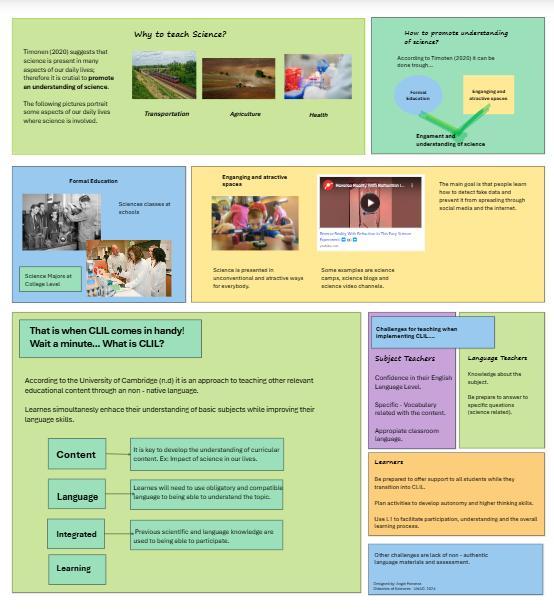
Exploring the CLIL approach
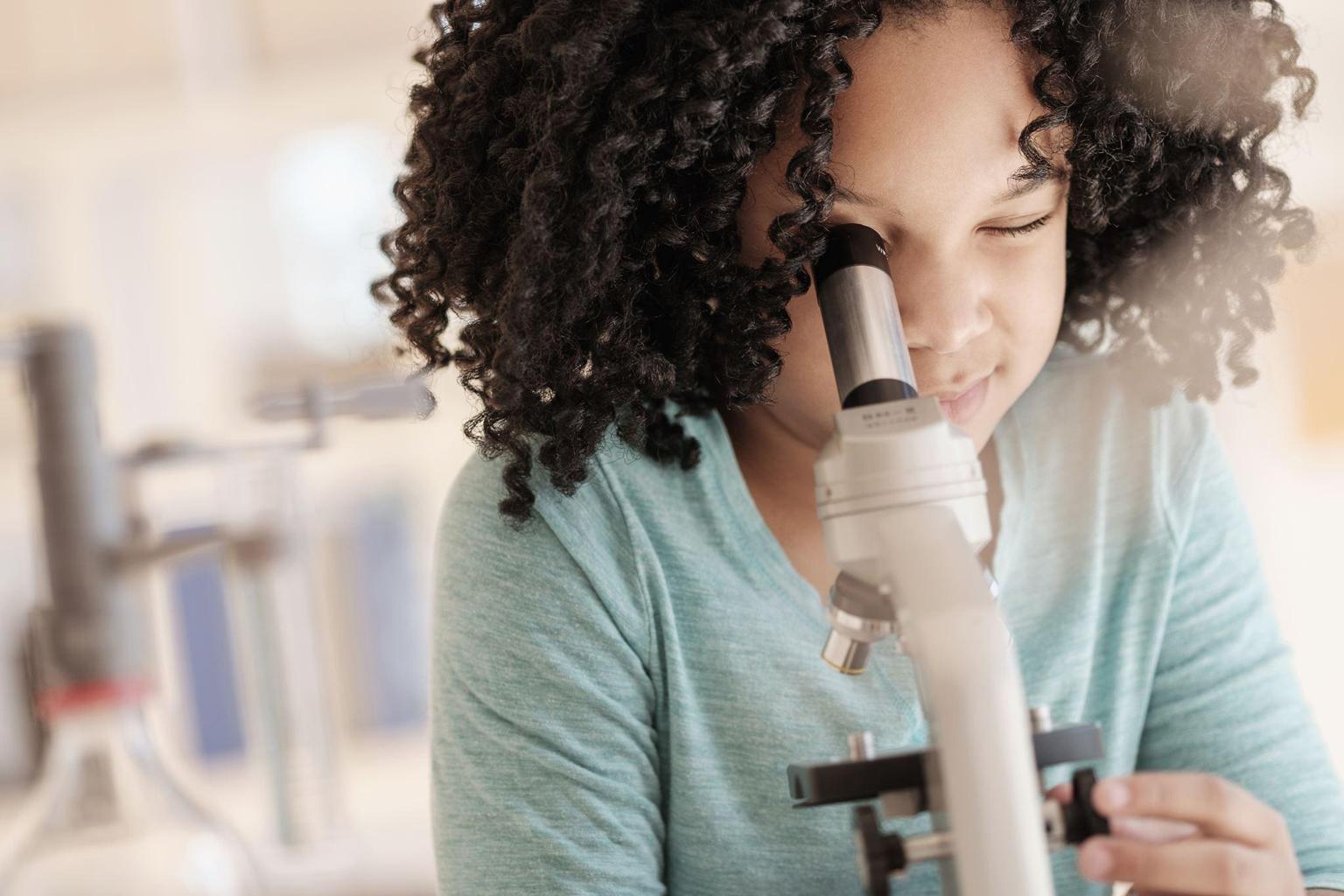
Exploring the CLIL approach
Components of CLIL
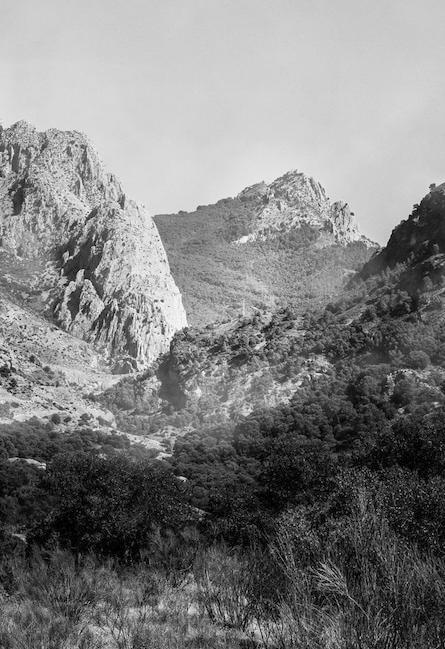
The following mind map summarizes the four key components of CLIL: content, cognition, communication and culture.
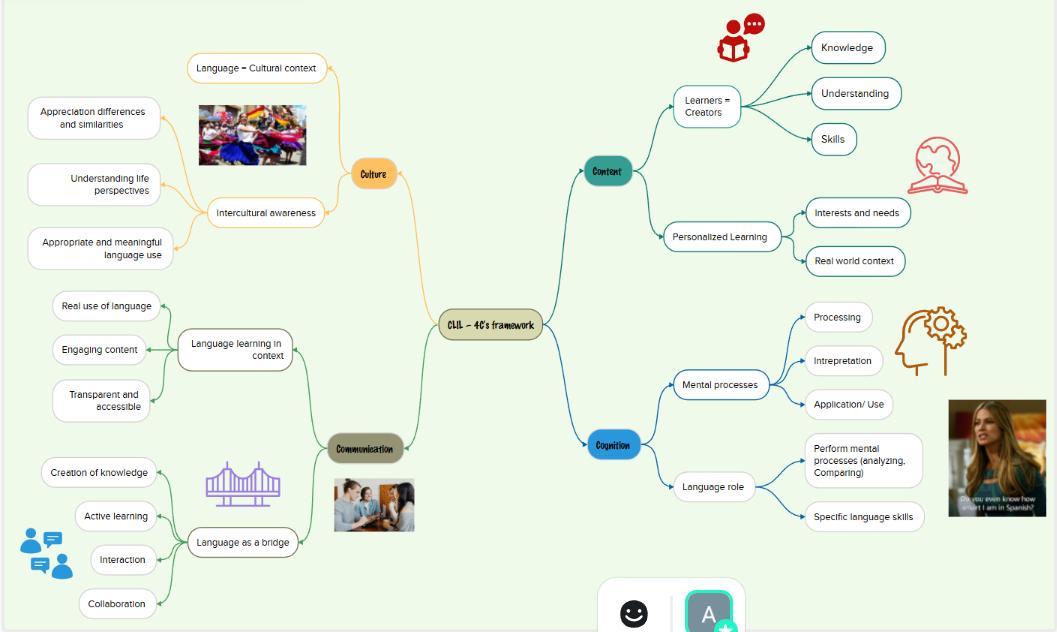
Six Quality principles
According to Meyer (2013), there are six principles to enhance the quality of CLIL implementation in educational environments. These principles serve as guidelines for teachers transitioning to this methodology and offer meaningful insights for effective planning and material design.
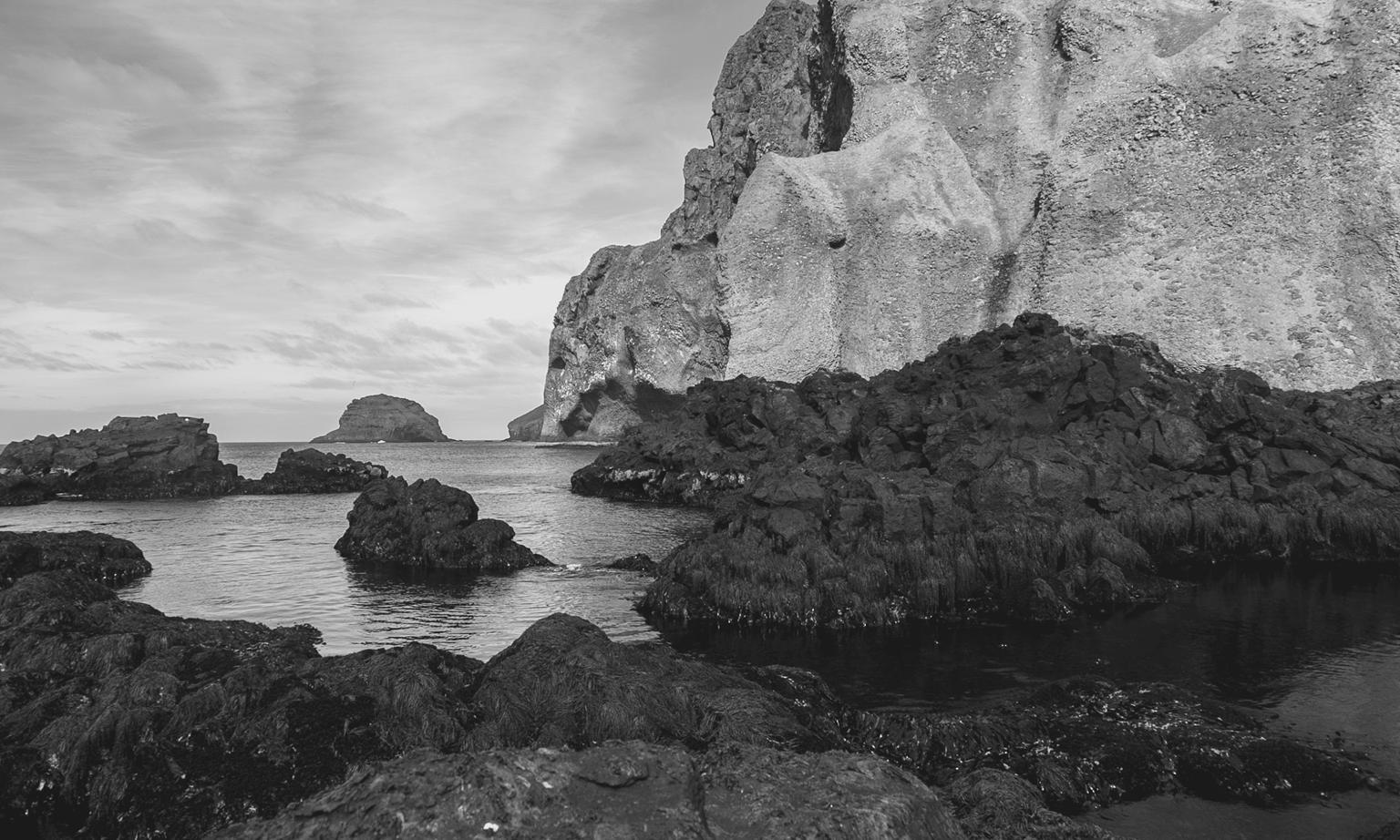
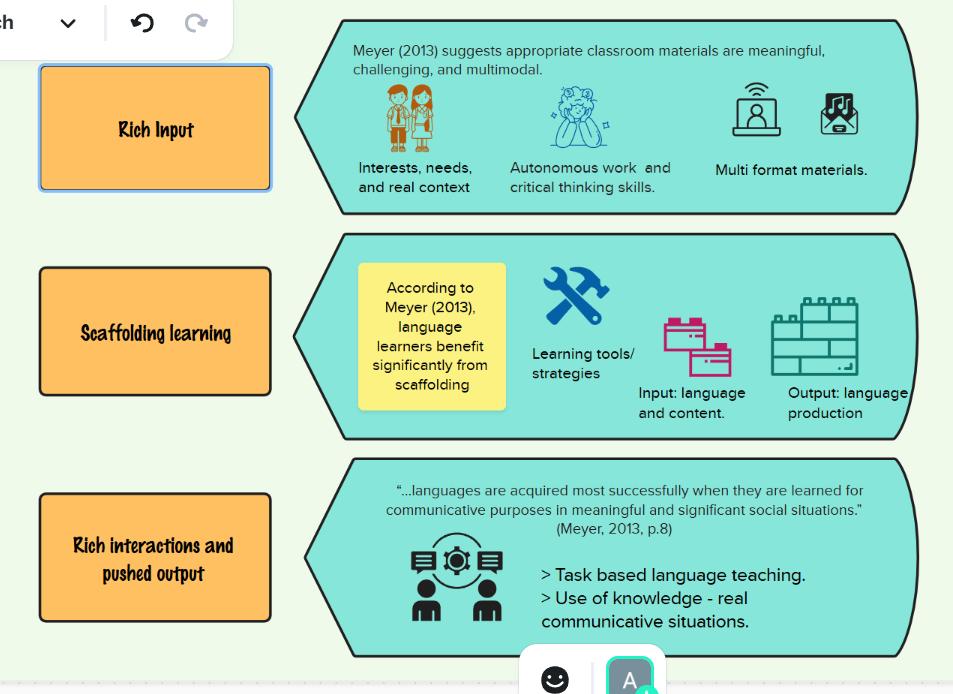
Exploring the CLIL approach
CLIL Pyramid
According to Meyer (2013), teachers can implement quality CLIL by considering the four main components of this methodology: content, cognition, communication, and culture. The CLIL pyramid includes these components along with six quality principles, providing a useful tool for lesson planning and material selection.
You can click over the images to access the mural and learn more about The CLIL methodology.
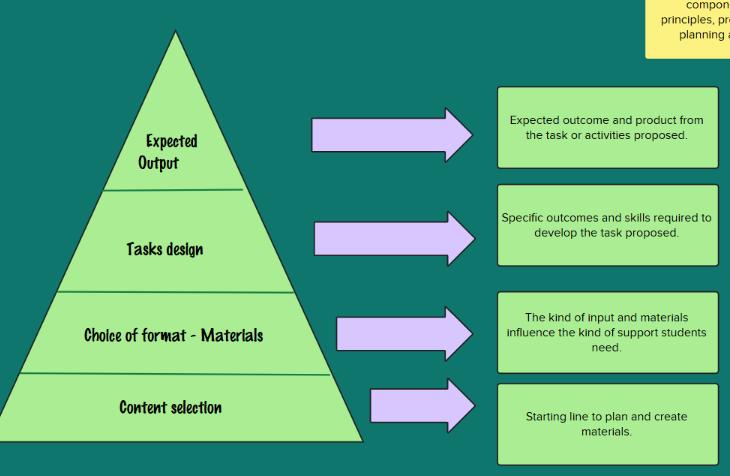
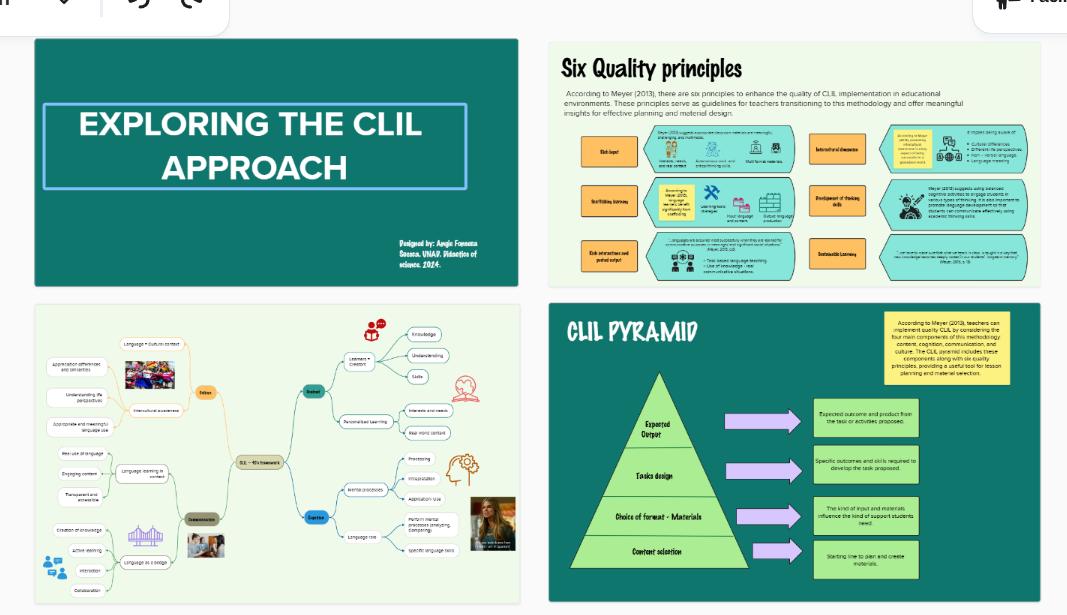
Designing didactic science activities
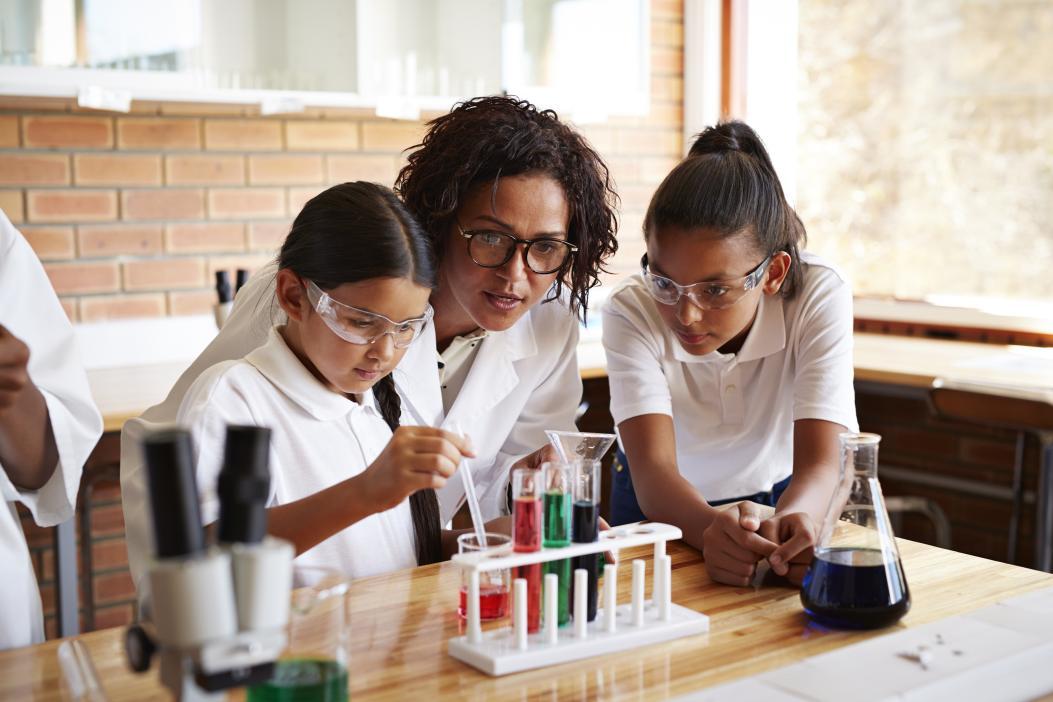
Practice Makes Better
Designing activities for any subject can be a time-consuming and challenging task, both for experienced teachers and teaching apprentices. We encouraged a group of language teaching students to plan a lesson around a specific topic.
We are pleased to report that they succeeded and designed a wonderful lesson about the water cycle. We reviewed the lesson plan on their blog and encourage you to visit it and see it for yourself. However, we’ve also included a preview
Lesson Plan Stages

The lesson plan consisted of five stages, with multiple activities and materials designed by the group of students in some of them
For example, during the practice stage, one of the students found an authentic video that describes the water cycle in an engaging and interesting way. You can watch the video it’s coming up next.
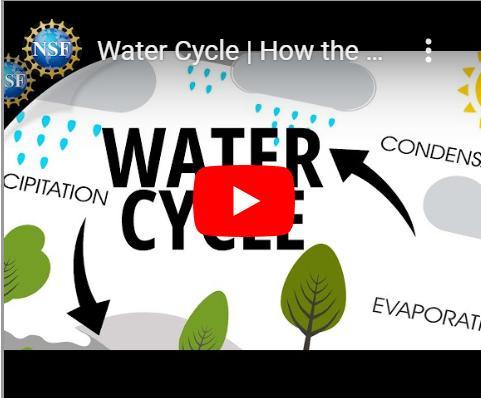
Another interesting activity was a brief discussion where students were encouraged to answer four questions based on the information presented during the presentation stage and in the video.
The questions were meaningful and promoted the development of critical thinking skills and language use, while also allowing the teacher to assess their understanding of the topic.
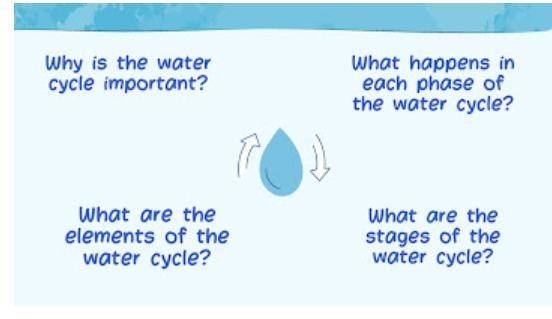

Finally, as part of this stage the student designed a filling the gap activity on an online application. The student created an analog worksheet thinking in some educators and students that might benefit from it.
We include pictures of these activities and the blog. You can click on them to access each resource.
Designing didactic science activities
Includes many entries with clear instructions for each activity.
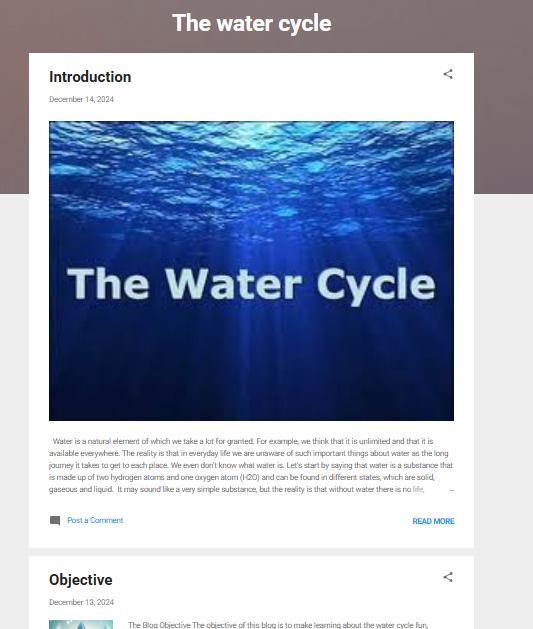
Practice stage activities
Includes questions, fill in the gap activity digital and analog format.
Fill in the gap activity – Educaplay
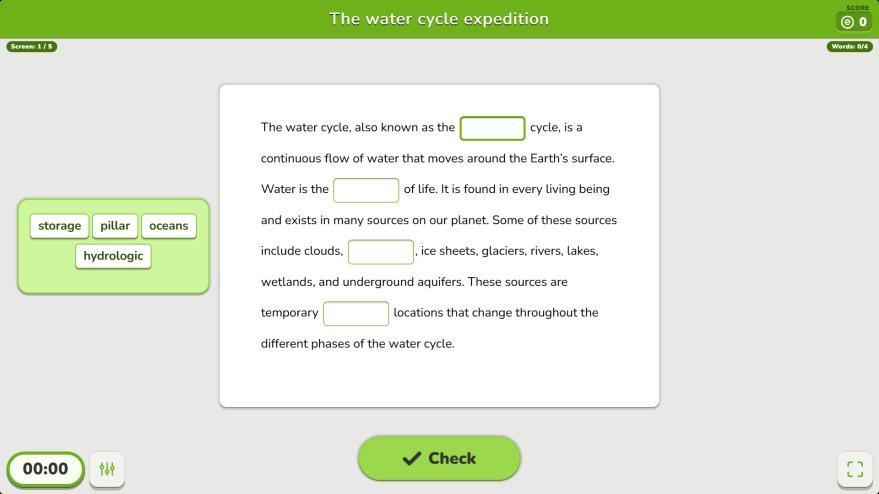
Fill in the gap activity – Analog worksheet
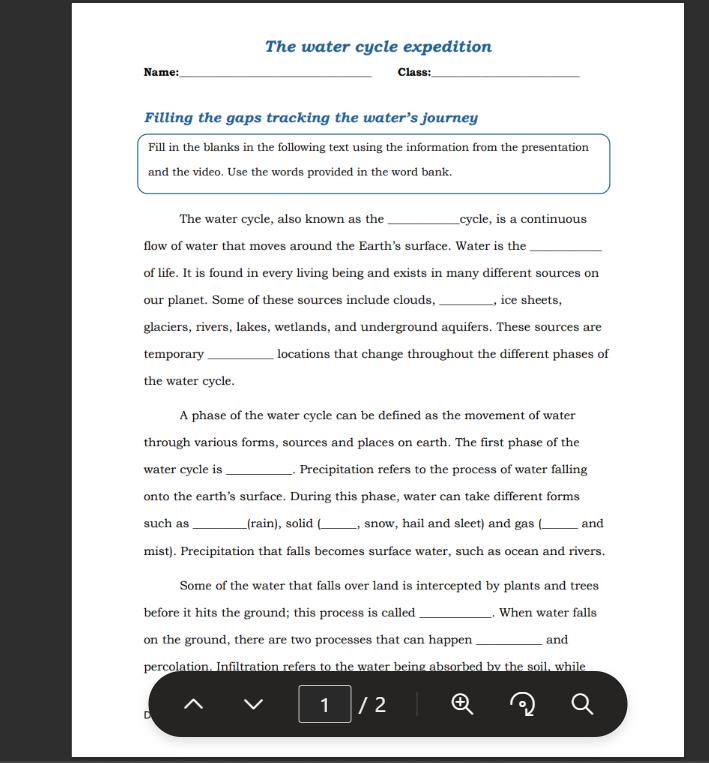
Science learning guide

Science lesson for hybrid learning environment
In recent years hybrid learning environments have become more popular due to their flexibility and accessibility. Students can access learning materials at their own pace and from places different from their traditional classroom.
They can also benefit from activities and materials that use multimedia since they target different learning styles and formats that can make learning more engaging and fun
The human body – Science lesson plan

We take our job as editors very seriously and look for a lesson plan that includes learning activities that can be used inside a hybrid and traditional classroom.
The main topic of this lesson plan was the human body and was designed for sixth graders It also include presentation, practice, production and assessment stages
Wait for it! You will be thrilled to see the possibilities for material design nowadays.
Genially lesson
Please visit their presentation and check it out. It is an interactive, engaging and fun lesson.
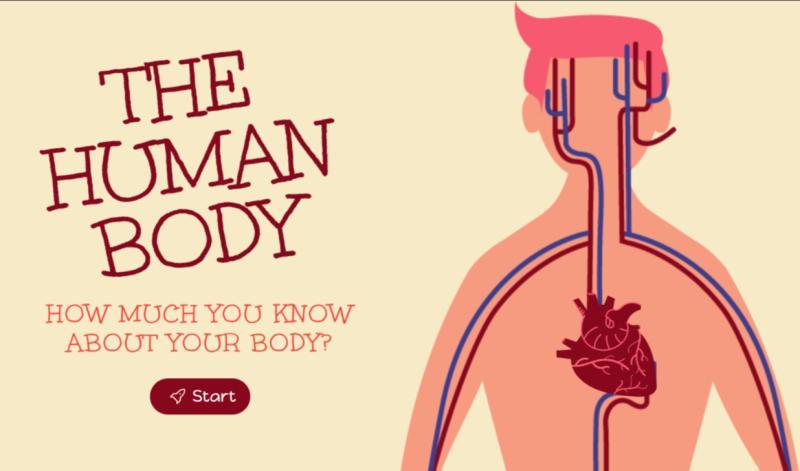
Activities
You can find a clear menu with at least an activity for each stage.
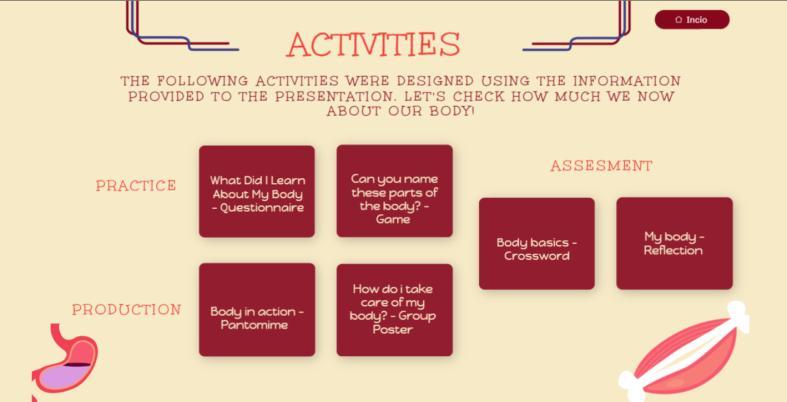

Bonus for teachers
The lesson plan also includes a booklet that explains the content of the lesson and offers suggestions on how to use the lesson plan in different learning environments.
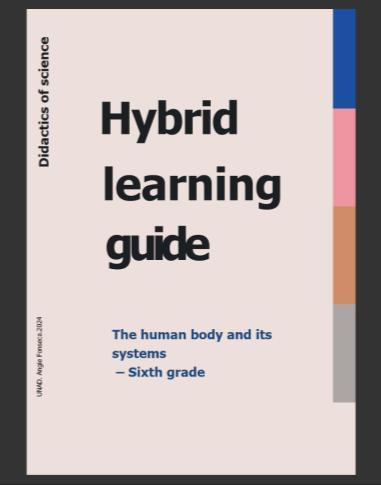
The CLIL lab


Reflection
CLIL is an educational approach that teaches content through a non-native language One of its main components is subject content, which refers to the specific topic being taught, such as physics, chemistry, or history. This content serves as the framework and foundation of the learning process, offering students opportunities to engage with language in the context of reallife topics. Content sparks curiosity, critical thinking, and motivation. Students are also naturally exposed to language in meaningful ways, enhancing both their understanding of the content and their language skills.

Another key element of any successful learning environment is the didactic strategies used to create optimal conditions for learning Within the CLIL methodology, it is common to allow students to take a more active role in debates, creation, and analysis of theory, using language to express their findings or present the products of their learning process. These strategies create opportunities for students to explore the best tools and approaches to boost their understanding; while also helping them make sense of both the content and the language they learn during the lesson.
As in any other teaching approach, materials are a key element in instruction. However, within the CLIL methodology, materials act as a bridge between language and content, making the learning process more dynamic, engaging, and accessible Didactic materials provide resources that not only help students learn about the subject but also improve their language proficiency. These materials should always consider students’ needs, interest, learning styles and preferences so that way materials not only promote content learning but also enhance language vocabulary acquisition and real – life language use.
The CLIL lab encourages science and language teachers to use their classrooms as laboratories, where they can experiment with the CLIL methodology to promote meaningful learning, the development of critical thinking, and motivation for science. It also serves as a space that showcases what is being done in the science classroom, with the aim of inspiring other educators.


References

University of Cambridge. (n.d.). Teaching Science through English - a CLIL approach. https://www.geoclil.ugent.be/wp-content/uploads/2016/03/Teaching-Science-through-English-A-CLIL-Approach.pdf
Timonen, J. (2020, June). Why is science education important? Jyväskylän Yliopisto. https://www.jyu.fi/fi/artikkeli/miksi-tiedekasvatus-on-tarkeaa
University of Cambridge. (n.d.). Teaching Science through English - a CLIL approach. https://www.geoclil.ugent.be/wp-content/uploads/2016/03/Teaching-Science-through-English-A-CLIL-Approach.pdf
Cruz, D. (2020). Content and Language Integrated Learning method (CLIL). [Video file]. https://repository.unad.edu.co/handle/10596/38314
Meyer, O. (2013). Introducing the CLIL-Pyramid: Key Strategies and Principles for CLIL Planning and Teaching. https://www.researchgate.net/publication/275887754_Introducing_the_CLILPyramid_Key_Strategies_and_Principles_for_CLIL_Planning_and_Teaching

Yaguara, J. A., Salinas, N. P. V., & Caviche, J. O. (2022). Exploring the implementation of CLIL in an EFL virtual learning environment. Latin American Journal of Content and Language Integrated Learning, 14(2), 187–214. https://doi.org/10.5294/laclil.2021.14.2.1
Brain 101 | National Geographic [Video]. YouTube. https://www.youtube.com/watch?v=pRFXSjkpKWASmile and Learn - English. (2018d, September 17).
Learn Breathing Technique Box Breathing: Practice Breathwork for Focus and Anxiety with Dora Kamau [Video]. YouTube. https://www.youtube.com/watch?v=a7uQXDkxEtMNational Geographic. (2019, June 6).
Lungs 101 | National Geographic [Video]. YouTube. https://www.youtube.com/watch?v=B75kBvjJinkSmile and Learn - English. (2018, August 6).

References
National Geographic. (2017, December 1). Human Body 101 | National Geographic [Video]. YouTube.
https://www.youtube.com/watch?v=Ae4MadKPJC0Headspace. (2022, June 29).
The circulatory system - learning the human body [Video]. YouTube.
https://www.youtube.com/watch?v=aUOQqoPsaBgSmile and Learn - English. (2018a, July 30).
The digestive system in the human body for kids - Smile and Learn [Video]. YouTube.
https://www.youtube.com/watch?v=9znLCDpjb1oSmile and Learn - English. (2018b, September 10).
The Human Body for children - Muscles for Kids [Video]. YouTube. https://www.youtube.com/watch?v=UGSi_HwgX0kSmile and Learn - English. (2016, September 14).
The Nervous System - Human anatomy for children [Video]. YouTube. https://www.youtube.com/watch?v=5FZI4Oht6eg
The Skeletal System - Educational Video about Bones for Kids (https://youtu.be/VHCCgrNSSOg) [Video]. YouTube.
https://www.youtube.com/watch?v=SiBzCpg6vu8National Geographic. (2017a, August 24).
Rozo, J. V. (2022). How to use CLIL. [Objeto_virtual_de_Informacion_OVI]. Repositorio Institucional UNAD.
https://repository.unad.edu.co/handle/10596/52857

